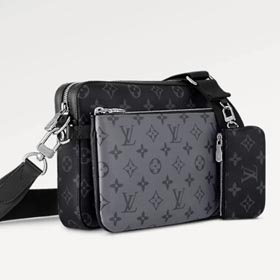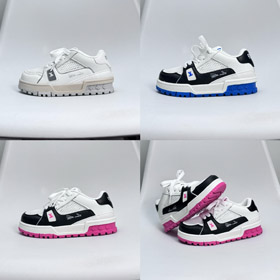The Heritage and Evolution of Burberry: A Timeless British Icon
Founded in 1856 by Thomas Burberry, the eponymous brand began as a small outdoor apparel store in Basingstoke, England. Initially focusing on durable outerwear, Burberry quickly gained recognition for its innovative fabrics. In 1879, Thomas invented gabardine, a breathable, weather-resistant fabric that revolutionized rainwear. This breakthrough led to the iconic trench coat, a staple still celebrated today.

The classic Burberry trench coat, circa 1912. Image: Public Domain.
From Battlefields to Fashion Runways
During World War I, Burberry adapted its designs for military use, creating the Khaki TielockenAudrey Hepburn
Under creative director Christopher BaileyRiccardo Tisci
Notable collaborations include limited-edition capsules with Supreme
Today, Burberry operates over 400 stores globally, with Asia driving significant growth. The TB Monogramhere
More than just a fashion house, Burberry represents a legacy woven through British culture—a testament to timeless design meeting fearless evolution.
Modern Reinvention
"Burberry is unique in its ability to balance heritage and modernity—it’s a story of British resilience wrapped in innovation." — Fashion Historian Elizabeth Wilson.
The Future of Reinvention



















